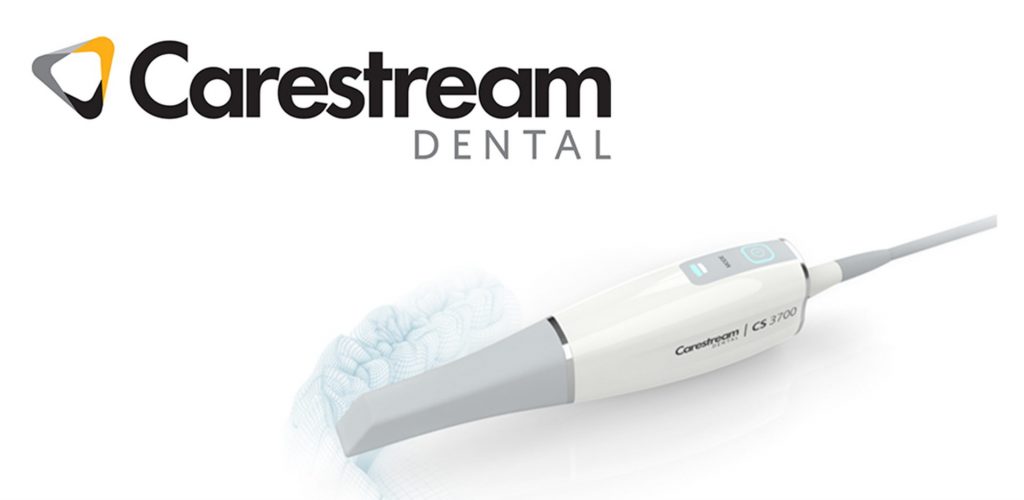The future of dental aesthetics
NewsPosted by: Dental Design 2nd March 2020

It seems almost unreal that dental aesthetics have advanced so much in a relatively short period of time. Indeed, it wasn’t so long ago that innovations such as porcelain-fused-to-metal (PFM) crowns were considered the very height of natural-looking restoratives, and that amalgam was the go-to option for fillings.
These options persevere and remain wonderful choices for some indications. However, the development of beautiful, long-lasting and almost indistinguishable options have enabled people to have dental work which looks exactly like their natural dentition. This has changed both the professional and patient experience alike.
As further developments continue, what does this mean for practitioners and patients going forward?
Will patient attitudes change even more?
Change is always driven by desire, and this is no different in regards to dental aesthetics. More patients are now looking towards natural-looking options, and this could be driven by a number of different factors.
In the current population there’s a huge mix of generations. Baby boomers, Millennials, Gen Y, Gen Z – each of these segments of society have different ideas about dental aesthetics and therefore different perceptions about what is acceptable. Of course, individual tastes will also affect these perceptions, but it’s fair to say that the general trend is that older patients, such as Baby Boomers, are probably less concerned by dental aesthetics as they have lived through a time where dentistry was more about function alone.
Younger patients (Millennials and Gen Z) are more likely to want perfect aesthetics following treatment. Whether this is driven by an increasing focus on celebrity culture in our society or the rise of social media platforms that focus on appearance such as Instagram, these patients are constantly looking to improve their smiles. This goes some way to explain the recent boom in whitening treatments and other aesthetic-focused treatments.
As such, it makes sense that as time progresses and new generations reach the stage where restorative dental work becomes necessary, more people are likely to prioritise natural-looking aesthetics as well.
Can aesthetics get better?
If we have already reached a point where restorative aesthetics have become indistinguishable from natural teeth, is it likely that aesthetics can get better? In a way, the more appropriate question would be to wonder whether we can bring natural-looking aesthetics to more people faster, and more simply.
The most aesthetic products are still likely out of reach for those seeking NHS services, for example. In the future it’s likely that dental aesthetics will continue to improve even at the most essential level of care, and this should be celebrated. In some cases, more aesthetic restorative options such as zirconia crowns are already being offered on the NHS, and this is a huge leap forward compared to the limited options available mere decades ago.
So, as time progresses will we be looking to level the playing field more and phase out non-aesthetic restorations? It all depends on the increasing availability and proven longevity of more aesthetic approaches, and whether these can be made cheaper and more accessible to become a widespread option. Zirconia crowns for NHS patients are still currently of a slightly lesser quality than premium crown products, and the future may see this quality gap being narrowed.
 The future today
The future today
Inevitably, technology will play a huge role in perfecting dental aesthetics going forward. With intraoral scanners becoming more advanced, CBCT systems opening new avenues for restorative treatment and products improving all the time, it’s no surprise that dental aesthetics have reached an all-time high. Going forward, it’s likely that technology will continue to make achieving optimal aesthetics easier than ever before.
For those who want to experience the future today, you can improve aesthetic outcomes by using the CS 3700 intraoral scanner from Carestream Dental. As well as offering practitioners extreme accuracy and speed, the system is also imbued with innovative smart shade matching capabilities. This means that during the scan, the IOS automatically detects the enamel colour of the area scanned. This information is included in the digital file, so when this is sent to the laboratory it can be used to produce optimal aesthetics.
Moving forwards
It’s impossible to know what the future will hold, but it’s always good to look forward with your dental technology and products. This way, you can be sure to provide optimal aesthetics for every patient, regardless of their perceptions, age and needs.
For more information, contact Carestream Dental on 0800 169 9692 or
visit www.carestreamdental.co.uk
For the latest news and updates, follow us on Twitter @CarestreamDentl
and Facebook
No Comments
No comments yet.
Sorry, the comment form is closed at this time.



